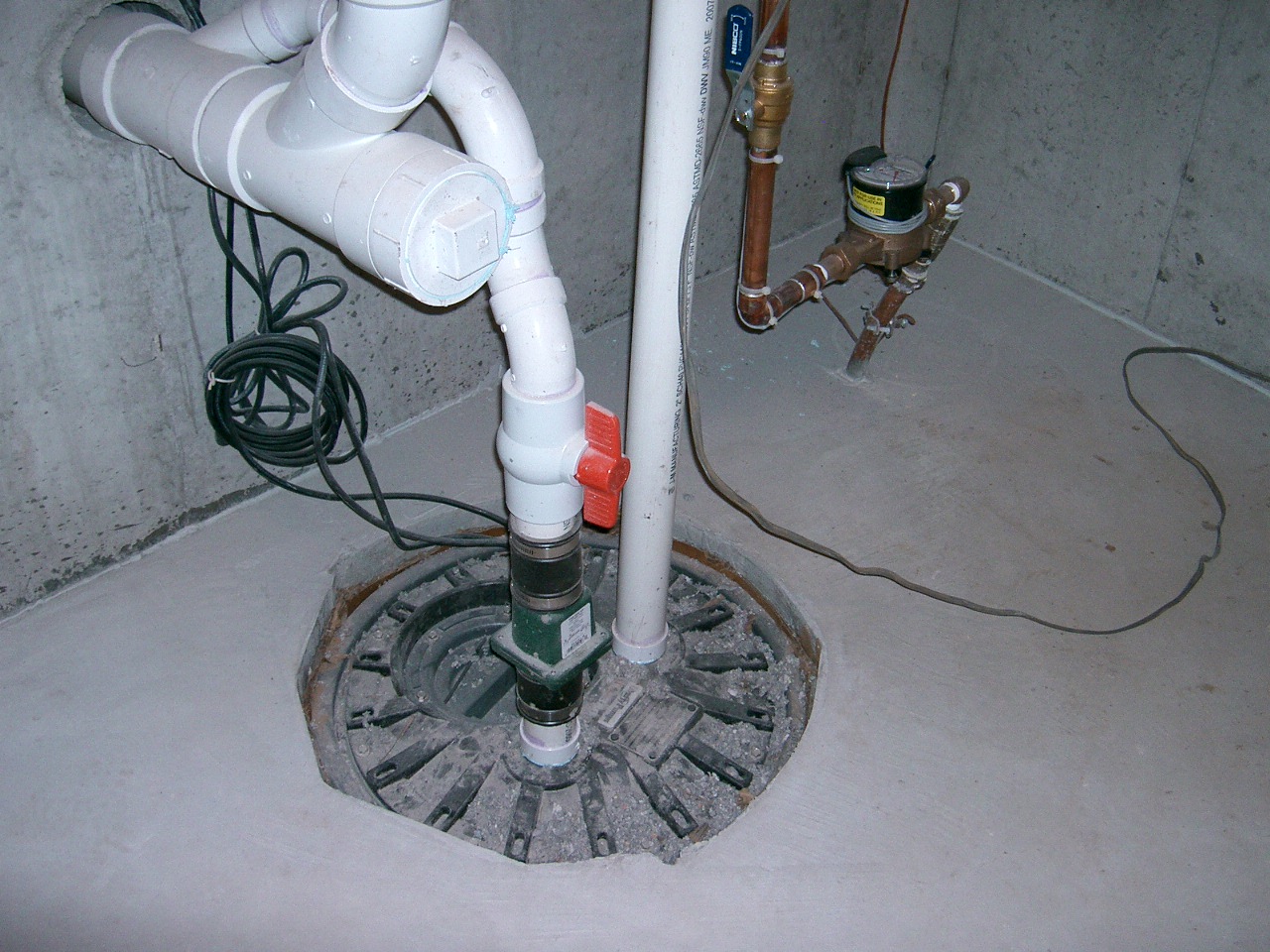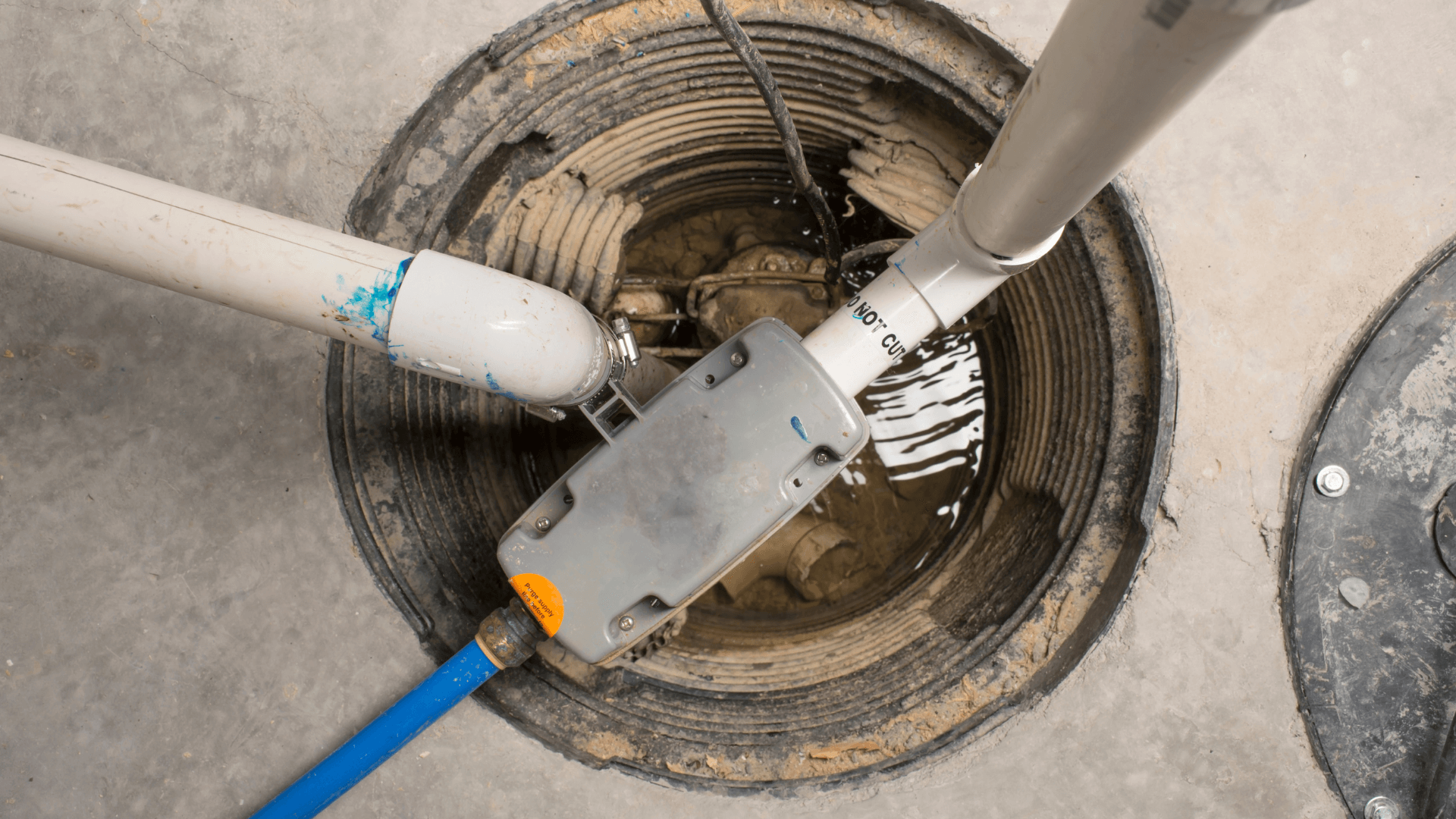How do you actually feel in relation to How to Care for Your Sump Pump?

Sump pumps are critical parts in lots of homes, specifically in areas vulnerable to flooding or too much wetness. They help avoid water damage by effectively eliminating excess water from basements or crawl spaces. Nonetheless, like any other appliance, sump pumps need routine upkeep to ensure they operate efficiently when needed the most. Cleansing your sump pump is a crucial part of its upkeep, and recognizing just how to do it correctly can conserve you from pricey fixings and possible calamities.
Introduction
Preserving a clean sump pump is essential for its proper performance and long life. Disregarding this essential task can result in obstructions, breakdowns, and eventually, water damages to your building. For that reason, discovering exactly how to clean a sump pump is essential for homeowners who rely on these devices to maintain their cellars dry and secured.
Indicators of a Dirty Sump Pump
Understanding when your sump pump requires cleaning is crucial for avoiding possible malfunctions. Some common indications that show a dirty sump pump include weird sounds throughout procedure, decreased water flow, and noticeable debris in the pit. If you see any one of these signs, it's vital to clean your sump pump immediately to stay clear of any additional issues.
Planning for Cleansing
Before you start cleaning your sump pump, it's vital to take some security preventative measures. Start by shutting down the power to the pump to stay clear of any type of electric accidents. Furthermore, wear appropriate protective gear, such as handwear covers and safety glasses, to shield on your own from dirt, debris, and possible virus.
Understanding the Sump Pump
Prior to diving into the cleansing procedure, it's essential to have a standard understanding of how a sump pump functions. Typically set up in a pit or container listed below the cellar floor, a sump pump consists of a number of vital elements, consisting of a pump, a float switch, and a discharge pipeline. When water gathers in the pit, the float switch activates the pump, which after that pumps the water out through the discharge pipeline, far from the building's foundation.
Detailed Overview to Cleaning a Sump Pump
Turning off the Power
Begin by detaching the power supply to the sump pump to avoid any kind of mishaps while cleansing.
Checking for Appropriate Performance
Before re-installing the pump, carry out a quick test to make certain that the float switch turns on the pump appropriately. Pour some water right into the sump pit and observe the pump's operation. If every little thing is functioning properly, you can rebuild the pump and reconnect the power supply.
Removing Debris and Dust
Use a container or a scoop to get rid of any noticeable particles, dirt, or debris from the sump pit. Dispose of the particles appropriately to avoid it from blocking the pump or the discharge pipe.
Cleaning up the Pump and Drift Switch
As soon as the pit is free from debris, carefully eliminate the pump from the pit. Inspect the pump and the float switch for any indications of damages or wear. Utilize a soft brush or towel to clean the surface areas and get rid of any type of collected crud.
Flushing the System
After cleaning up the pump and float button, purge the sump pit with clean water to eliminate any staying dust or debris. This will assist make certain that the pump runs efficiently and efficiently.
Maintenance Tips to Maintain Your Sump Pump Clean
Along with periodic cleaning, there are a number of upkeep pointers you can comply with to keep your sump pump in optimal problem:
- Normal Inspection: Check your sump pump consistently for any kind of signs of wear, damage, or obstructions.
- Maintaining the Surrounding Area Clean: Ensure that the location around the sump pit is free of debris, dirt, and blockages.
- Testing the Pump Regularly: Check your sump pump occasionally by putting water into the pit and observing its operation. This will assist you identify any type of prospective issues prior to they rise.
Final thought
Cleansing your sump pump is a critical aspect of its upkeep and ensures that it operates effectively when you need it one of the most. By following the actions outlined in this overview and incorporating normal upkeep right into your regimen, you can prolong the life expectancy of your sump pump and safeguard your home from water damage.
6 STEPS ON HOW TO CLEAN A SUMP PUMP PROPERLY
UNDERSTANDING SUMP PUMPS
Your sump pump plays a crucial role in protecting your home by managing and removing excess water. It primarily functions as a “shield”, guarding your basement against the damaging effects of water accumulation. The pump is housed in a sump pit in the lowest part of your basement, and its job is to pump out any water that collects there.
During heavy rainfalls or when snow melts rapidly, water can infiltrate your basement, posing potential risks like flooding, structural damage, and harmful mold growth. Here, the sump pump springs into action, pumping out the intruding water and directing it away from your home.
SAFETY FIRST
Before cleaning, remember to prioritize safety. Disconnect the sump pump from the power source to prevent any accidental electric shocks. Also, wear sturdy gloves to protect your hands from any sharp or dirty components within the pump.
REMOVE THE SUMP PUMP
After ensuring your safety, the next step is to remove the sump pump from its pit. Doing this might require careful maneuvering as you don’t want to damage any pump components. Once removed, clean the sump pit to remove any accumulated debris or sludge.
INSPECT THE PUMP
Inspect the pump for any visible signs of wear or damage. Check the power cord, float switch, and impeller housing. If any components look worn out or damaged, consider replacing them to ensure optimal performance.
CLEAN THE PUMP
Thoroughly clean the pump with warm, soapy water. Make sure to rid it of any dirt, gravel, or other debris that might impede its performance. You can use a toothbrush to clean the small, hard-to-reach parts of the pump.
REINSTALL THE SUMP PUMP
- Reinstall the pump into the sump pit
- Make sure it’s positioned correctly to remove the water effectively
- Once it’s back in place, reconnect it to the power source
TEST THE PUMP
Finally, pour some water into the pit to ensure the pump works correctly. It should start automatically and begin pumping out the water; if it doesn’t, check the power source and the positioning of the pump.
Remember, while cleaning your sump pump is an essential part of home maintenance, hiring a professional plumber for a thorough inspection and cleaning at least once a year is also important. This will ensure that your pump is in optimal condition, ready to protect your home from potential water damage.
BEST PRACTICES FOR CLEANING SUMP PUMP DISCHARGE PIPES
- Regular Inspection: Regularly inspect your discharge pipes, especially during heavy rainfall or snowmelt periods. Look for any signs of blockage or damage. Early detection of problems can prevent serious issues down the line.
- Periodic Cleaning: Over time, sediment and debris can accumulate in the discharge pipes, impeding the flow of water. Regular cleaning helps keep the pipes clear and functioning efficiently. You can use a high-pressure water jet to effectively clean the pipes.
- Insulation During Winter: In colder climates, discharge pipes can freeze, blocking the outflow of water. Protect your discharge pipes from freezing temperatures by insulating them with foam pipe insulation. This will ensure the sump pump can continue to discharge water even in freezing conditions.
- Proper Positioning: The discharge pipe should be positioned to direct water away from your home’s foundation. Improper positioning can lead to water seeping back into the basement. Ensure the pipe is long enough and angled correctly.
- Installation of a Check Valve: A check valve prevents water from flowing back into your sump pit after the pump has pushed it out. Installing a check valve helps maintain the efficiency of your sump pump and reduces the risk of flooding.
- Minimize Pipe Turns: Every curve or turn in the discharge pipe can decrease the efficiency of water flow. By minimizing turns and bends in your discharge pipe, you can increase the efficiency of your sump pump.
https://www.fullspeedplumbing.com/how-to-clean-a-sump-pump-properly9999/

I was shown that write-up on How to Care for Your Sump Pump through a buddy on a different site. Appreciated our posting? Please share it. Let others check it out. Thanks a lot for your time spent reading it.
Click For More Information
Comments on “Your Definitive Guide to Taking Care of a Sump Pump”